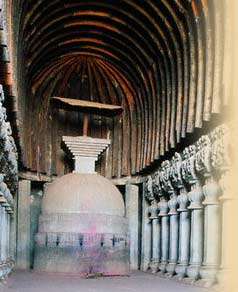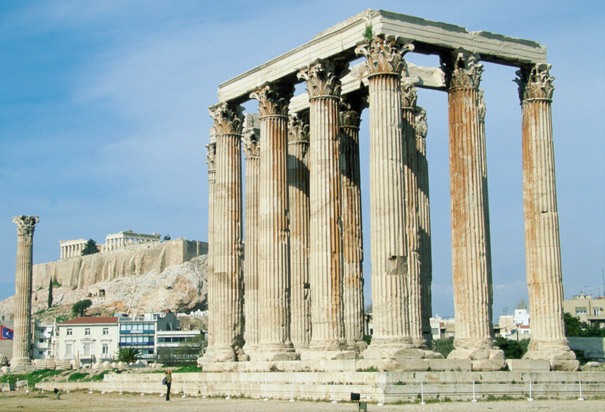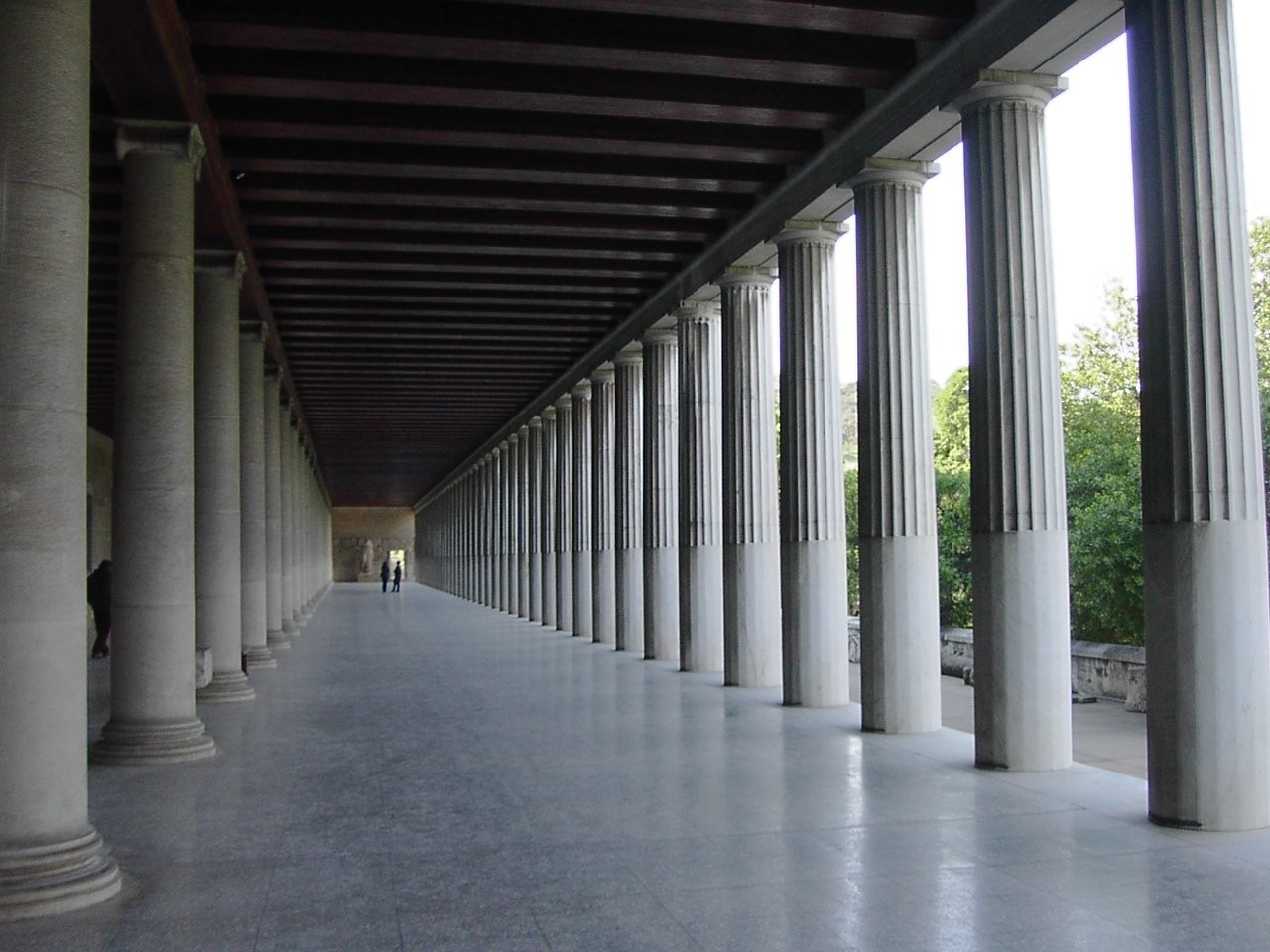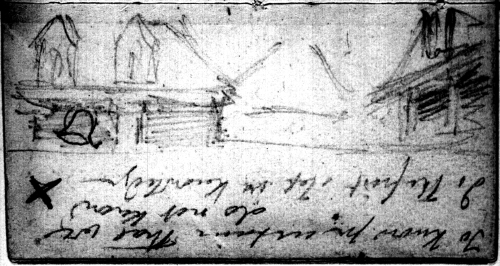Resembling greatness
One-of-a-kind
Carefully detailed
Kanheri and Ajanta Caves
-
Chaityas
Unable to be compared
Temples made to last
Carefully detailed
Kanheri and Ajanta Caves
-
Chaityas
Unable to be compared
Temples made to last

Even though these temples are from the same culture. They do have some degree of difference. There are two styles: North and South. The North style is less detailed. While the South style is way more detailed. The level of detail increases as the level go higher. It's as if they pay more detail, higher and higher than they go. Then the Innermost Sanctum are the ones with the most details.










